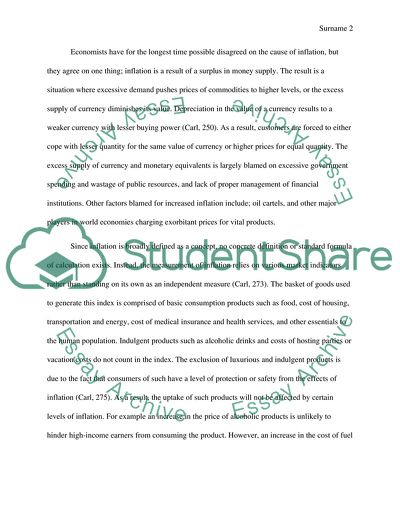Cite this document
(Economic Growth in Cross-Country Comparison Research Paper, n.d.)
Economic Growth in Cross-Country Comparison Research Paper. https://studentshare.org/macro-microeconomics/1850537-economic-growth-in-cross-country-comparison
Economic Growth in Cross-Country Comparison Research Paper. https://studentshare.org/macro-microeconomics/1850537-economic-growth-in-cross-country-comparison
(Economic Growth in Cross-Country Comparison Research Paper)
Economic Growth in Cross-Country Comparison Research Paper. https://studentshare.org/macro-microeconomics/1850537-economic-growth-in-cross-country-comparison.
Economic Growth in Cross-Country Comparison Research Paper. https://studentshare.org/macro-microeconomics/1850537-economic-growth-in-cross-country-comparison.
“Economic Growth in Cross-Country Comparison Research Paper”. https://studentshare.org/macro-microeconomics/1850537-economic-growth-in-cross-country-comparison.


